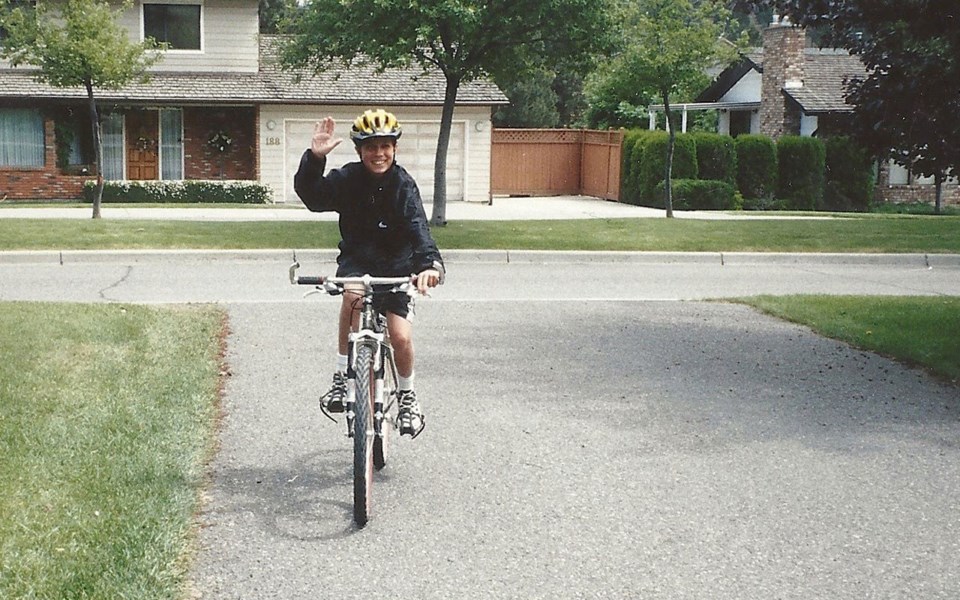Growing up in Kamloops, I was obsessed with mountain biking. Along with a handful of close friends, I took full advantage of the freedom the sport gave me, building dirt jumps and spending countless hours exploring seemingly endless singletrack.
At the time, it felt like Kamloops was at the epicentre of the nascent freeride movement, with homegrown pros like Wade Simmons and eye-catching coverage in Bike and the Kranked series.
But in Grade 11, I moved to West Vancouver, where I stopped riding altogether.
I didn't take to the trails, with their elevated, janky bridges and wet, treacherous rock sections. Without my pals to push me, I lost interest altogether.
At the invitation of CamelBak, I recently spent two days riding—a day on the Lost Lake trails and one in the bike park—getting reacquainted with the sport.
A few things, it turns out, have changed over the past few years.
And at the risk of stating some all-too-obvious conclusions, here's what sticks out:
• New bikes are fun to ride uphill. To my surprise, Lost Lake has some phenomenal trails, and I was surprised at how well the new enduro bikes climb. The bike I was on, a 2018 Norco Range, was incredibly efficient going over rocks and roots—and dropper seat posts are a revelation.
• Freeriding won out. There was always a gulf between cross-country riders ("uphillers") and downhillers. Technical advancement has shrunk it, allowing cross-country riders to take on lines that would have previously been inconceivable. Enduro bikes are built well and sturdy enough to take on serious terrain.
• The media landscape has been turned on its head. From what I recall of my teenage years biking, the majority of magazine coverage seemed about five years behind what people were into, full of spandex-clad cross-country riders riding rocks in Moab. Pinkbike was new and cool. But the idea that there would be something as progressive and interesting as Freehub Magazine—an elegantly designed publication that combines mountain biking, art, and beer—was implausible.
• Mountain biking is cool—or at least cooler. As much as I loved riding, I was resigned to the fact that it didn't have the cachet of skateboarding, snowboarding or even hockey. It was niche, slightly nerdy, and the clothes were, well, kind of weird. (Roach shorts, anyone?).
• There are way, way more female riders. I can't think of any girls in my age group who rode back in the day. Now women are ripping, with filmmakers Anne Cleary and Lacy Kemp making an excellent debut into the Dirt Diaries that put it on display.
• Trails are gnarlier. I remember riding Dirt Merchant and A-Line. There is now no way—in hell—that you would catch me on either. The jumps are HUGE.
• The riding has progressed by leaps and bounds. I can vividly recall seeing a local sponsored rider throw a 360 over a dirt jump in Sun Peaks. At the time, it was the sickest trick that any of us had seen. At Joyride, I watched a contingent of riders pull tricks that would have seemed unimaginable. Simply bonkers.
Getting back on a bike, after so long, was a great feeling. And it seemed like everyone I spoke to said something similar, remarking, "You live in Whistler, and you don't have a mountain bike?"
I didn't have a good answer. But with any luck, next year they won't be asking.




